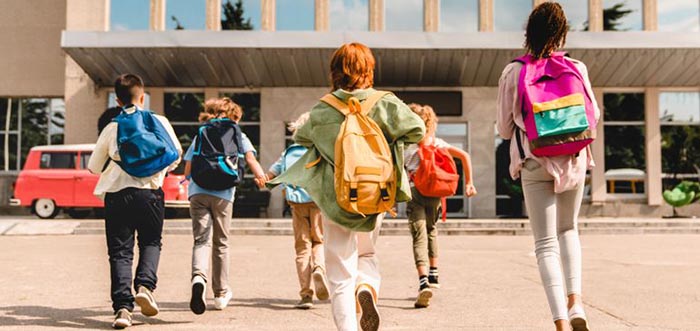
From K-12 Dive
By Kara Arundel
June 13, 2022
Dive Brief:
Students across all grade levels and instructional models made less academic progress during the pandemic-strained 2020-21 school year compared to a more typical school year, according to a teacher survey conducted by the U.S. Government Accountability Office.
Yet while 52% of teachers said they had more students start the 2020-21 school year academically behind compared to a typical pre-pandemic year, respondents also reported some learners excelled during this time. Those who made progress benefited from more flexibility to work at their own pace and a supportive family environment.
As the education field looks toward the start of the fourth school year impacted by the COVID-19 pandemic, initiatives that strengthen student engagement, teacher capacity, access to technology and family-school connections could help stem ongoing challenges and future learning disruptions, educators and parents told GAO researchers.
Dive Insight:
Principals who participated in GAO’s discussion groups praised teachers’ efforts to support students during the pandemic, but they raised concerns about educators’ long work hours and burnout, which contribute to teacher turnover.
GAO’s findings are included in a report that is the last in a series of three looking at COVID-19’s impact on elementary and secondary public schools. For all three reports, GAO researchers surveyed teachers and held virtual discussion groups with teachers, school leaders and parents to gauge the impact of disrupted learning during the 2020-21 school year.
Some of the findings from the third report include:
64% of teachers said they had more students who made less academic progress than in a typical pre-pandemic school year.
45% of teachers had at least half their students end the school year behind. The survey did not define “behind” or “academic progress.”
Teachers leading grades K-2 and 3-8 had more students start the year behind than did those teaching grades 9-12.
“[W]e were … in person for the majority of the year but…we felt that a lot of the kids were … behind coming into the year. So we did some after school help which … bridged the gaps a little bit between some of the struggling students. But I still don’t think it was enough,” a rural teacher said, according to the report.
GAO’s first report in the series found that a majority of teachers said live, in-person instruction improved student progress. Just over half of teachers surveyed said live but virtual instruction helped with academic success.
The second GAO report highlighted findings that high-poverty students and English learners who attended classes virtually were more likely to lack appropriate workspaces compared to their peers, which may have contributed to less academic progress.
This last report ended with educators’ and parents’ reflections on how best to support students going forward given the heavy toll the pandemic has placed on learners, particularly those who are most vulnerable.
Suggestions offered include expanding summer school options, reducing class sizes and providing more opportunities for family involvement.
COVID-19’s ”effects continue to reverberate across the nation and produce challenges for schools that will likely be felt for years to come,” the report said.
Photo: Inside Creative House via Getty Images
Read this and other stories at K-12 Dive

